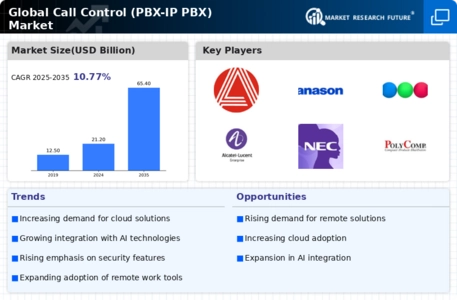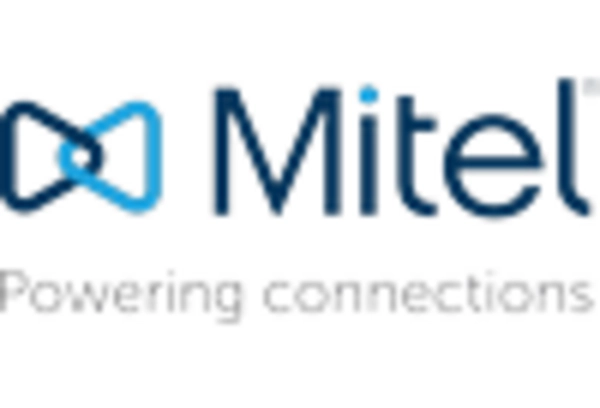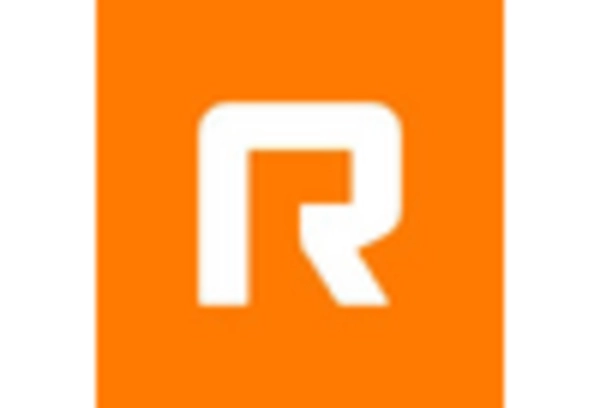Market Trends
Key Emerging Trends in the Call Control Market
The Call Control market, encompassing Private Branch Exchange (PBX) and Internet Protocol (IP) PBX systems, has undergone noteworthy trends and transformations in recent times. Call control is at the heart of telecommunication systems, managing voice and data communication within organizations. As technology continues to evolve, several key trends are shaping the dynamics of the Call Control market.
One prominent trend in the market is the shift from traditional PBX systems to IP PBX solutions. Traditional PBX systems relied on analog technology, while IP PBX systems leverage internet protocols for voice and multimedia communication. This transition is driven by the benefits of cost savings, scalability, and enhanced features offered by IP PBX. Organizations are increasingly recognizing the flexibility and efficiency of IP-based solutions, leading to a growing adoption of IP PBX systems across various industries.
Cloud-based Call Control solutions are gaining traction as organizations seek more scalable and cost-effective alternatives. Cloud-based PBX systems eliminate the need for on-premises hardware, offering greater flexibility and accessibility. Businesses can benefit from reduced maintenance costs, seamless scalability, and the ability to access communication services from anywhere with an internet connection. This trend aligns with the broader industry shift towards cloud computing and the adoption of Software as a Service (SaaS) models.
Integration with Unified Communications (UC) is another significant trend in the Call Control market. Organizations are looking for comprehensive communication solutions that unify voice, video, messaging, and collaboration tools. The integration of call control with UC platforms enhances communication efficiency by providing a seamless experience across different channels. This trend is driven by the increasing demand for streamlined communication workflows and improved collaboration within modern workplaces.
Security concerns are playing a pivotal role in shaping the market trends of Call Control systems. With the rise of cyber threats and the importance of secure communication, businesses are prioritizing solutions that offer robust security features. Call Control systems are evolving to incorporate encryption, authentication, and other security measures to safeguard sensitive communications. This focus on security aligns with the broader emphasis on cybersecurity across various industries.
The market is also witnessing increased demand for mobile integration in Call Control systems. As mobile devices become integral to business communication, organizations are seeking solutions that seamlessly integrate with mobile platforms. Mobile-friendly interfaces, mobile device management capabilities, and the ability to make and receive calls on mobile devices using the same business number are becoming key considerations for businesses evaluating Call Control solutions.
Geographically, the Asia-Pacific region is emerging as a significant player in the Call Control market. The rapid adoption of advanced technologies, coupled with the proliferation of mobile devices, is driving the demand for efficient communication solutions in countries like China and India. The increasing number of businesses in the region, particularly small and medium-sized enterprises (SMEs), is contributing to the growth of the Call Control market.
Cost-effectiveness remains a key driver in the market trends of Call Control systems. While businesses seek advanced features and capabilities, they are also conscious of the total cost of ownership. Vendors are responding by offering flexible pricing models, subscription-based services, and bundled packages that cater to the diverse budgetary requirements of different organizations.









Leave a Comment